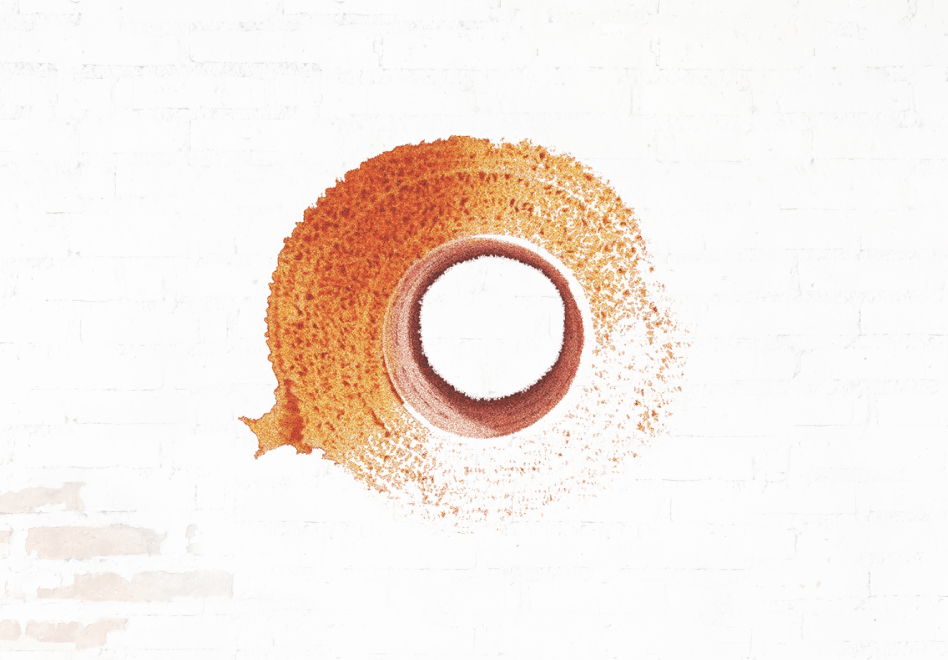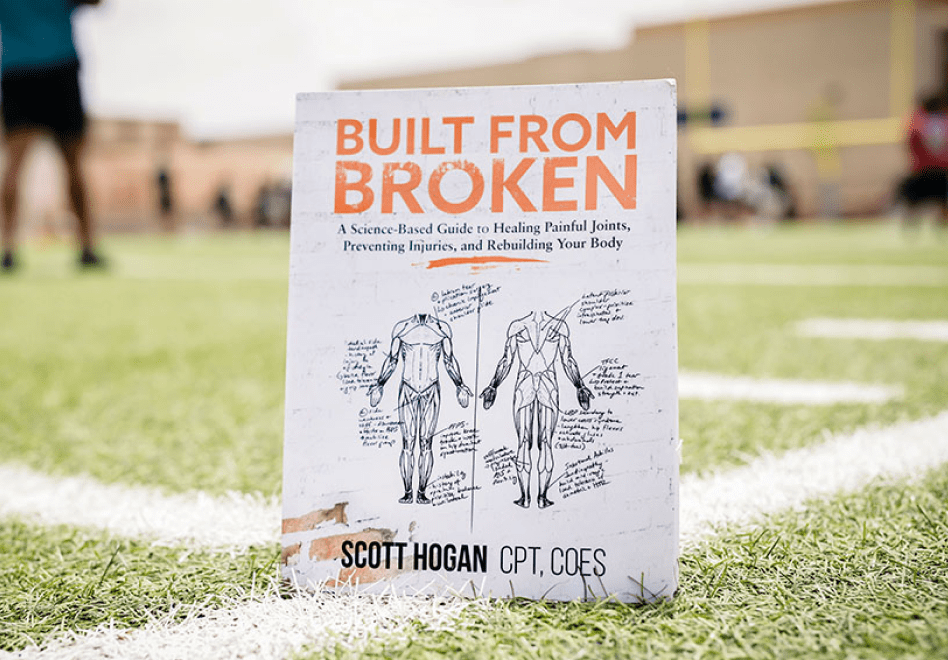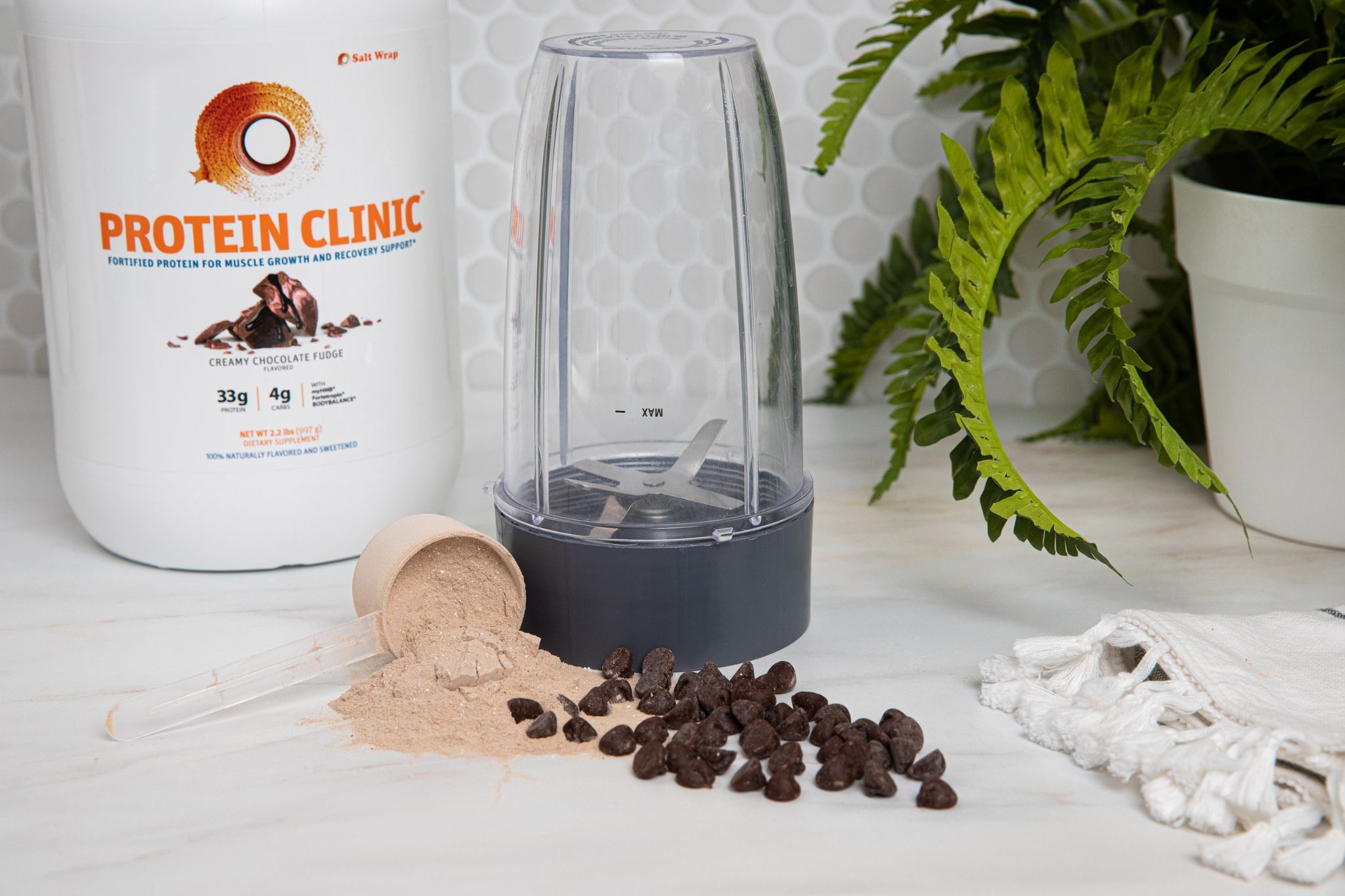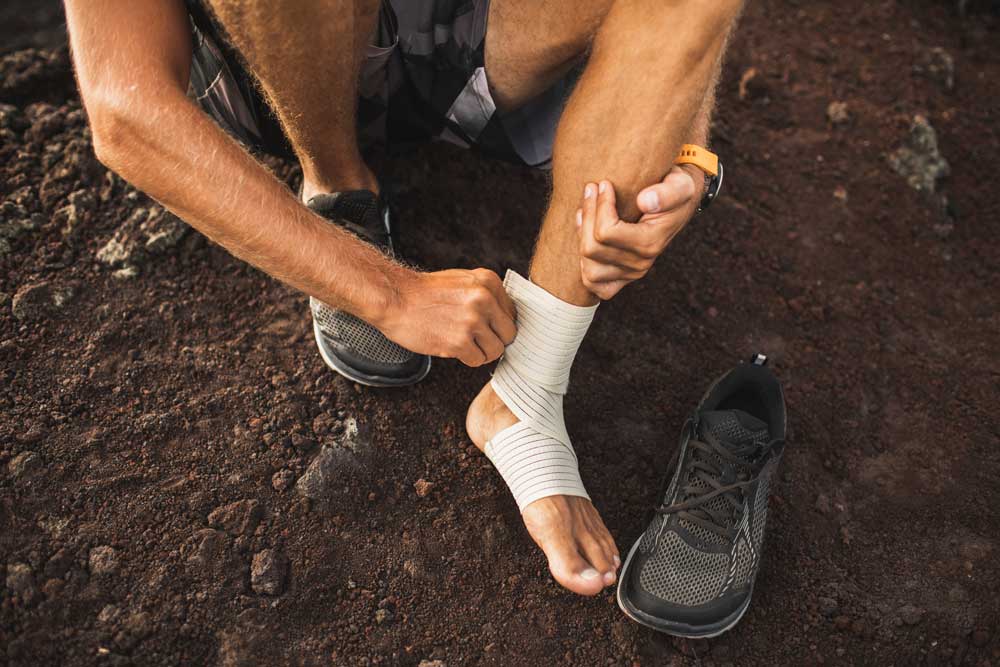
Be built (to last).
The right supplements can help you recover naturally and build a resilient body.
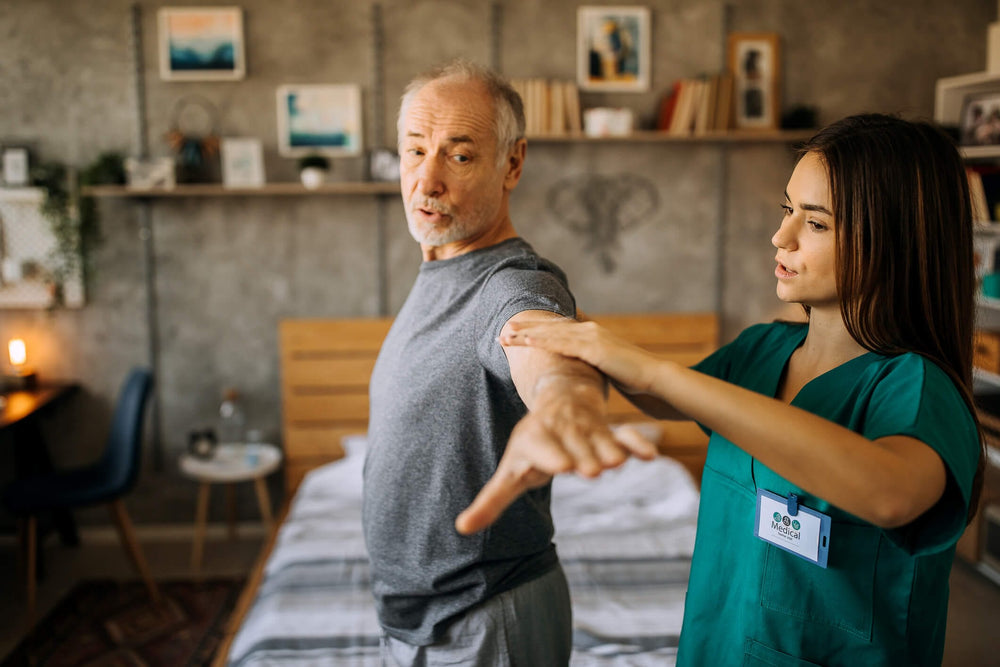
Supplement Quiz
Take this short quiz to discover the perfect supplements for your needs and goals.
About SaltWrap
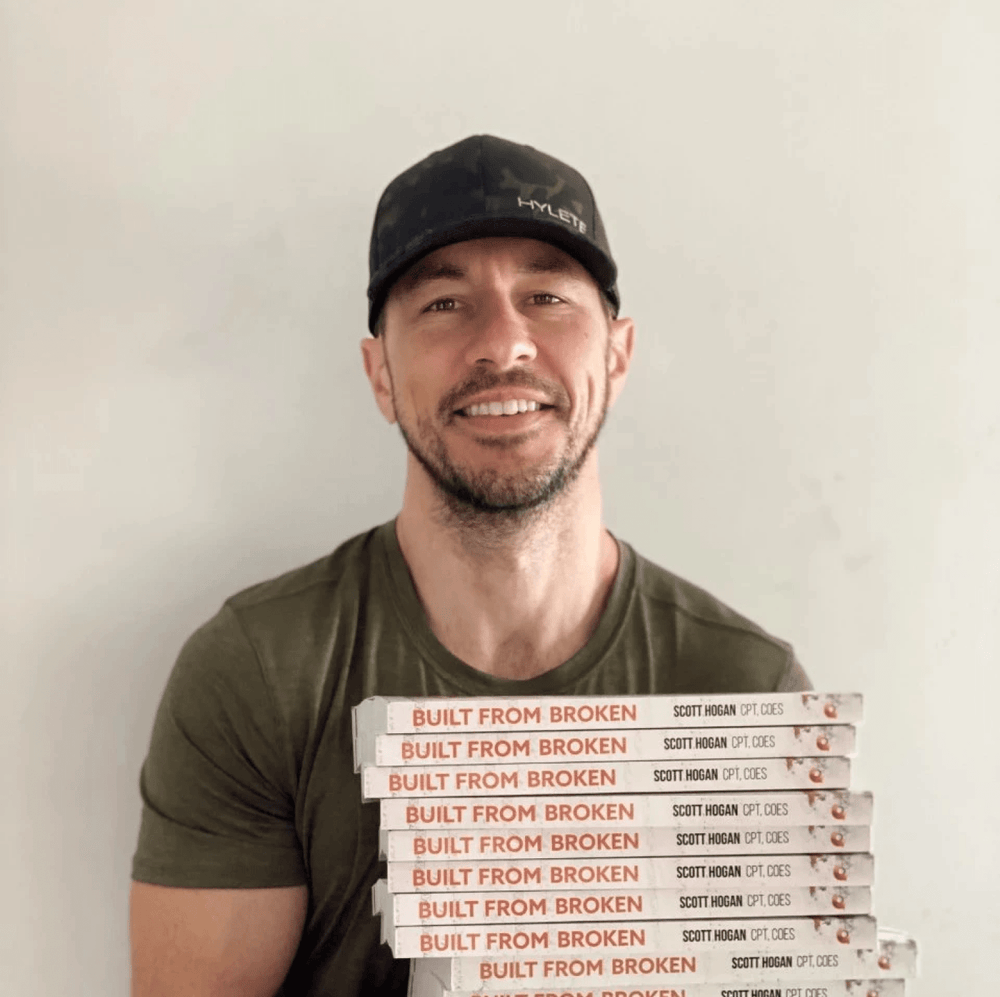
Built from Broken
Get the best-selling book from SaltWrap founder, Scott Hogan, and start rebuilding today.
3 Proven Ways To Increase Bone Density
By Joe Zagami
Clinically reviewed by Chris Dempers, ASCM-EP®
Everyone has a preferred method for building muscle. Whether you’re into CrossFit, classic bodybuilding, calisthenics, strongman, or other sport-specific training, there’s no shortage of approaches you can tap into.
But what about bone?
Anyone who reads this could benefit from having stronger, denser bones. Yet very few know how to do this – or where to start, for that matter. In this article, we’ll show you three proven (and simple) ways to increase bone density.
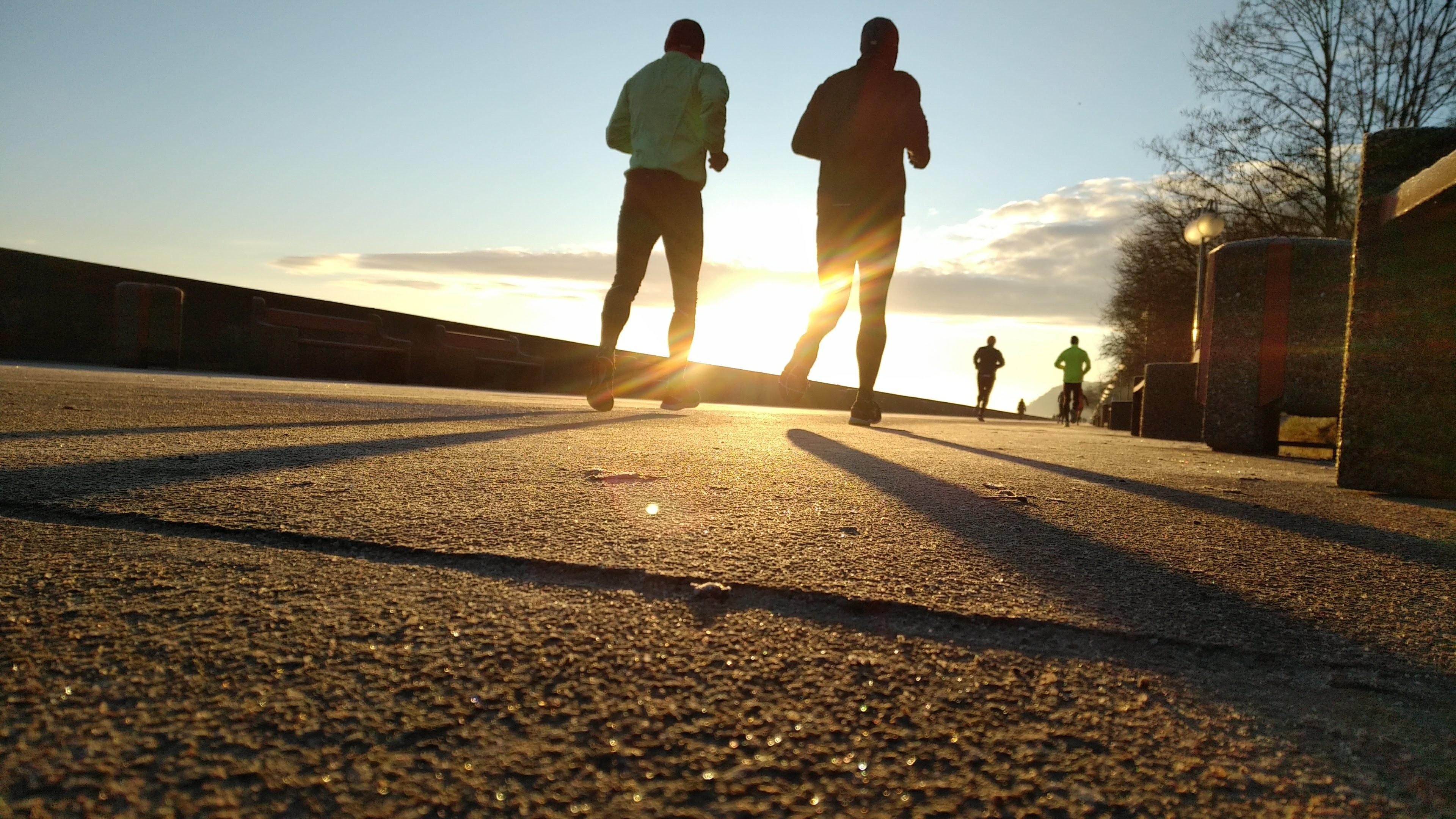
Understanding Bone Density
Before we dig into how to increase bone density, take a step back and ask an important question: Why should you care about bone density in the first place?
Simply put, the denser your bones are, the stronger they are. And the stronger they are, the less likely they are to break.1 This doesn’t just benefit seniors or people at higher risk for bone issues. It’s a big perk for athletes and enthusiasts of all backgrounds – no matter what “getting after it” means to you.
But it’s not just about fracture risk. One study found that low bone density increased all-cause mortality risk by up to 37% on average.2 It’s harder to imagine a worse outcome than death. Luckily, there are three proven – and simple – ways to increase bone density.
How Do You Determine Your Bone Health?
The most common method is a bone density test. This test measures your bone mineral density (BMD). The higher the mineral content of your bones, the denser they are. (And remember, density equals strength.) A BMD test typically uses X-rays to measure calcium content in a segment of bone. Doctors will commonly opt to test the spine, hip, or forearm.
Unlike a bone scan, which is usually used to detect fractures or other serious concerns, a bone density test does not require an injection beforehand.
3 Ways To Increase Bone Density
If you want to be built to last, strong bones are critical. The best path to stronger bones is increasing bone density. But it’s not just about what comes later in life. Dense, strong bones can help optimize performance in the here and now.
Here are the three best ways to start increasing your bone density today.
Focus on Strength Training
Lifting weights – specifically to gain strength – doesn’t just help maintain your existing bone structures. It can spark the growth of new bone. Studies have shown that strength training can significantly improve bone density and, no surprise, bone strength.3 And it’s never too late to start.
No matter your age, strength training can increase BMD and bone size, and protect against bone loss.
Not sure where to start? No problem. Scott has some great insights on why less might be more when it comes to lifting weights. (Yes, really.) You can check those out here.
Eat More Protein
Most people think of bigger muscles when it comes to protein. Protein is indeed vital for building muscle and preventing muscle loss. But protein plays a significant role in bone density and overall bone health. Studies have linked higher protein consumption with higher bone density and fewer fractures.4
We recommend that you aim to consume at least 0.8 grams of quality protein per pound of body weight daily. If you want to get the most out of your protein consumption, we can help with that. Especially if you want to help maximize muscle protein synthesis in the process.

Above: No matter your age, strength training can increase BMD and bone size, and protect against bone loss.
Get These Five Nutrients
Most health experts online will tell you to eat a balanced, nutrient-dense diet. That’s not bad advice. But it’s a bit vague. With bone density, there are five specific nutrients you’ll want to focus on.
-
Calcium: This one is easy to get from your diet in the form of leafy greens and dairy. But it’s best to get your calcium in smaller doses throughout the day rather than in one high-calcium meal. The same applies to supplements – if you decide to go that route. Avoid mega-doses here.
-
Vitamin D3: You can’t mention calcium without talking about vitamin D. Why? Because it helps your body absorb calcium and get it into your bones. This helps explain why research has shown that people with low vitamin D levels are at greater risk of losing bone mass.5
The best way to get vitamin D3 (the active form of the vitamin) is through adequate dermal sun exposure. Outdoor exercise at sunrise is a great choice. Or you can opt for something as simple as an afternoon walk. Just make sure you have enough skin exposed – a short-sleeved shirt should do it – to absorb adequate sunlight.
-
Vitamin K2: Like vitamin D, vitamin K2 is a big piece of the bone density puzzle. Vitamin K2 helps bind minerals to bones (i.e., the “mineral” part of “bone mineral density”). It also helps reduce calcium loss. Together with D3, it creates a one-two punch for bone health.
Think of it this way: D3 helps absorb calcium, while K2 ensures the absorbed calcium ends up where it’s needed most.
-
Magnesium: You can add this to that “one-two punch for bone health” you just read about. Magnesium helps activate vitamin D to absorb calcium more efficiently. Beyond that, magnesium is involved in over 300 different bodily processes, including the creation of energy (ATP), relaxing blood vessels, and optimizing muscle and nerve health.
You can get magnesium from foods like raw nuts and legumes, but we recommend a supplement for maximum benefits.
-
Zinc: This important mineral supports bone health by promoting bone growth and preventing breakdown. Like magnesium, we suggest supplementing with zinc. Especially for athletes and other active people. We lose zinc through sweat. And it can be tough to get adequate amounts from diet alone – even if you’re regularly eating poultry and red meat.
Clinical Advisory Board Commentary

Chris Dempers, ASCM-EP®
Medical Exercise Specialist
Over the years, I have worked with many clients with bone density issues. With the guidance of their medical provider, I have seen great improvements with the combination of supplements, prescriptions, and exercise therapy.
The goal of exercise is to increase the individual's muscle mass and overall strength. The contraction of the muscles around the bone helps to stimulate bone growth, which is why physicians commonly prescribe weight-bearing and resistance exercises to low-bone-density patients.
When it comes to exercise and bone density, there are three main components: aerobic exercise, weight training, and flexibility and balance exercises.
The aerobic exercise component aims to improve the client's cardiovascular fitness, endurance, and calorie expenditure. It also helps to maintain or increase bone density in the lower body and spine.
The weight training component aims to improve the client's muscular strength, power, and mass. It also helps to stimulate bone formation and increase bone density. I recommend the client to do weight training at least 2 to 3 times per week on non-consecutive days.
The flexibility and balance component aims to improve the client's range of motion, joint health, and stability. It also helps prevent – or correct – postural problems and reduce the risk of falls and fractures. I recommend clients perform flexibility and balance exercises at least 2 to 3 times per week, preferably on the same days as weight training.
For clients with low bone density, I prescribe moderate-to-high-intensity weight training that involves low-to-moderate repetitions and multiple sets. I use a variety of equipment, such as free weights, machines, elastic bands, and body weight to target the major muscle groups of the upper and lower body.
For clients with a high risk of fracture, I prescribe weight training that involves very low intensity, very high repetitions, and single sets. I use only bodyweight exercises to avoid any impact or compression on the bones and emphasize the joints' stability and mobility.
Overall, if you are a sedentary person suffering from low bone density, adding any type of physical activity will be a safe and cost-effective way to help improve your bone health.
Putting It All Together
Everybody wants big, strong muscles. Yet it’s rare to hear anyone talk about how dense and healthy their bones are.
We get it. You can’t exactly show off your skeleton at the beach. (And please, don’t try to.) But if improving bone density hasn’t been a priority, you should consider making it one. It’s pretty simple to do, too.
Start by focusing on weight-bearing exercises in your training. If you’re already lifting weights, emphasize strength over muscle gains for the mirror.
With that, you’ll want to ensure you’re consuming enough protein. We recommend starting with 0.8 grams of protein per pound of body weight daily.
You’ll also want to prioritize these five nutrients: calcium, vitamin D, vitamin K, magnesium, and zinc. Can you get them naturally from your diet? Of course. But you’ll likely reach optimal levels faster – and easier – with the proper supplementation.
If you want to give your body exactly what it needs for optimal bone and muscle health, then you’ll love Protein Clinic™.
This natural, food-based recovery shake contains vitamins, minerals, and proteins that support connective tissue health and bone strength.
You can click the button below to learn more.
Founder: Scott Hogan

I created SaltWrap to bring together the most practical ideas in therapeutic sports nutrition, corrective exercise, and functional fitness — with the goal of keeping you (and myself) strong, mobile, and built to last.
I've worked as an A.C.E. Certified Personal Trainer, Orthopedic Exercise Specialist, and nutritional supplement formulator.
But more importantly — I've spent most of my life battling injuries, joint pain, and just being plain beat up. So I know what it's like to struggle toward fitness goals.
SaltWrap is here to push you through injuries, setbacks and perceived physical limitations. To a place beyond what you think you're capable of. Sign up here to stay in the loop.
Learn more about my best-selling injury prevention and recovery book, Built from Broken.

